Living Yokocho
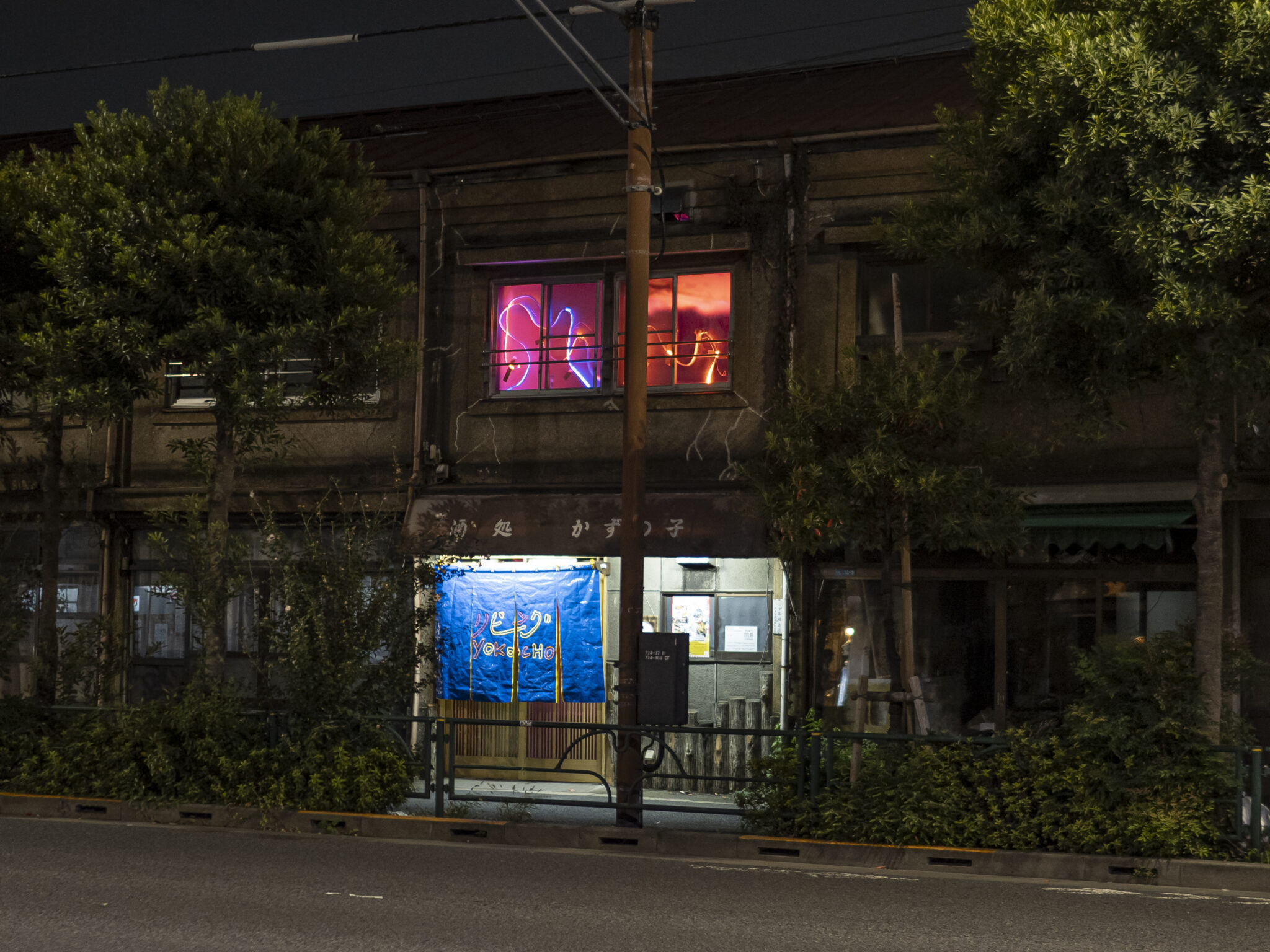
Izakaya (bar)
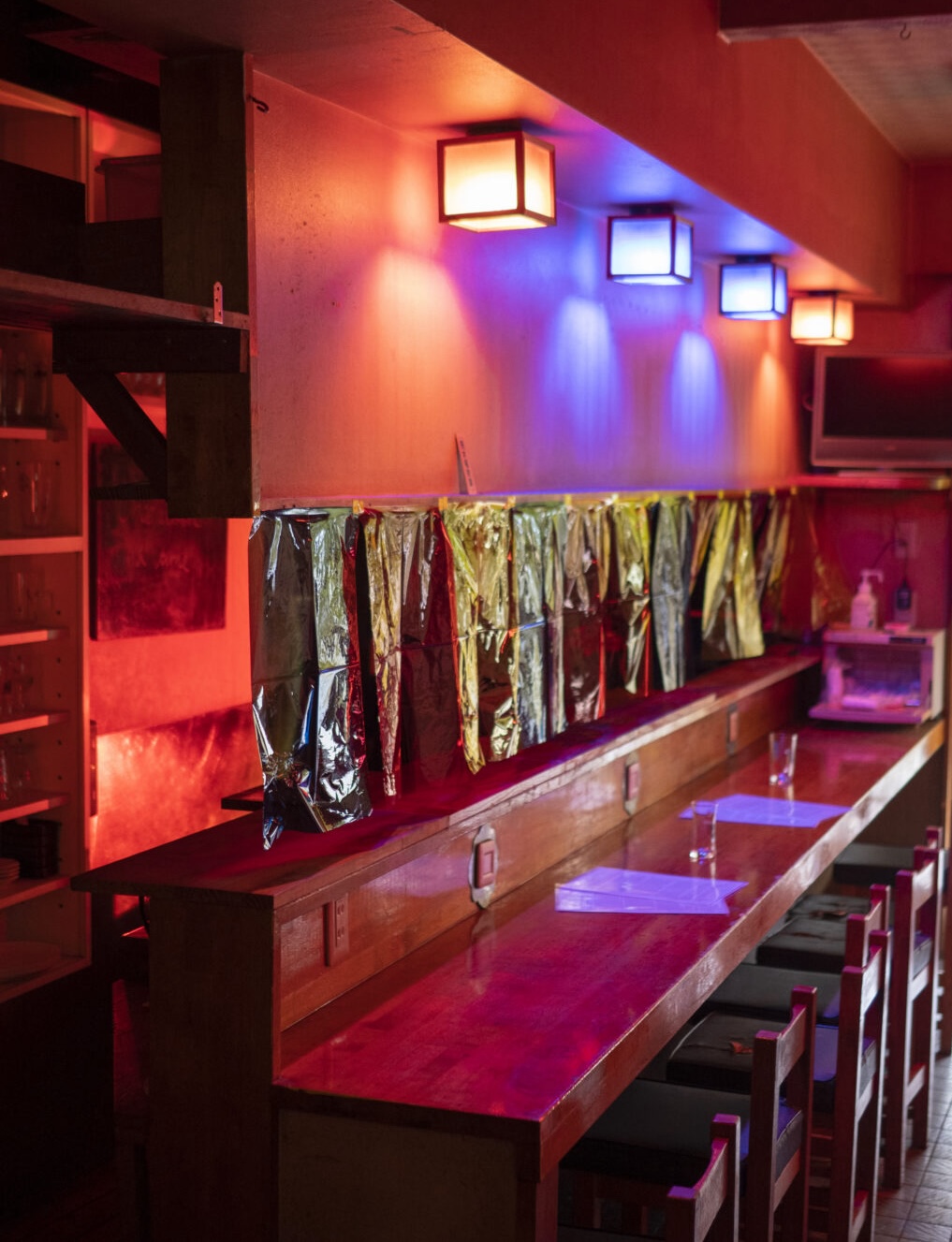



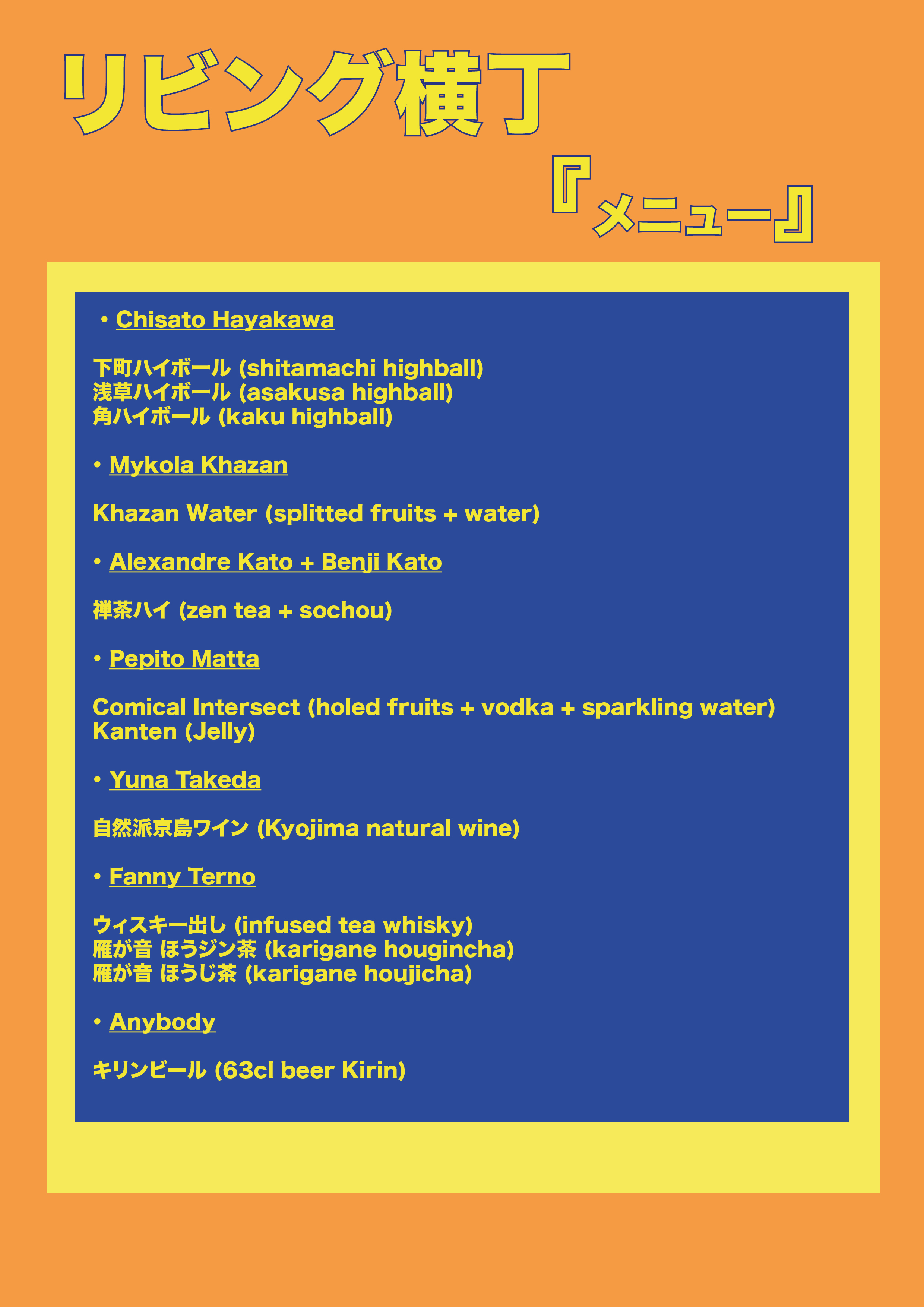

Danse workshop
by Meri Otoshi
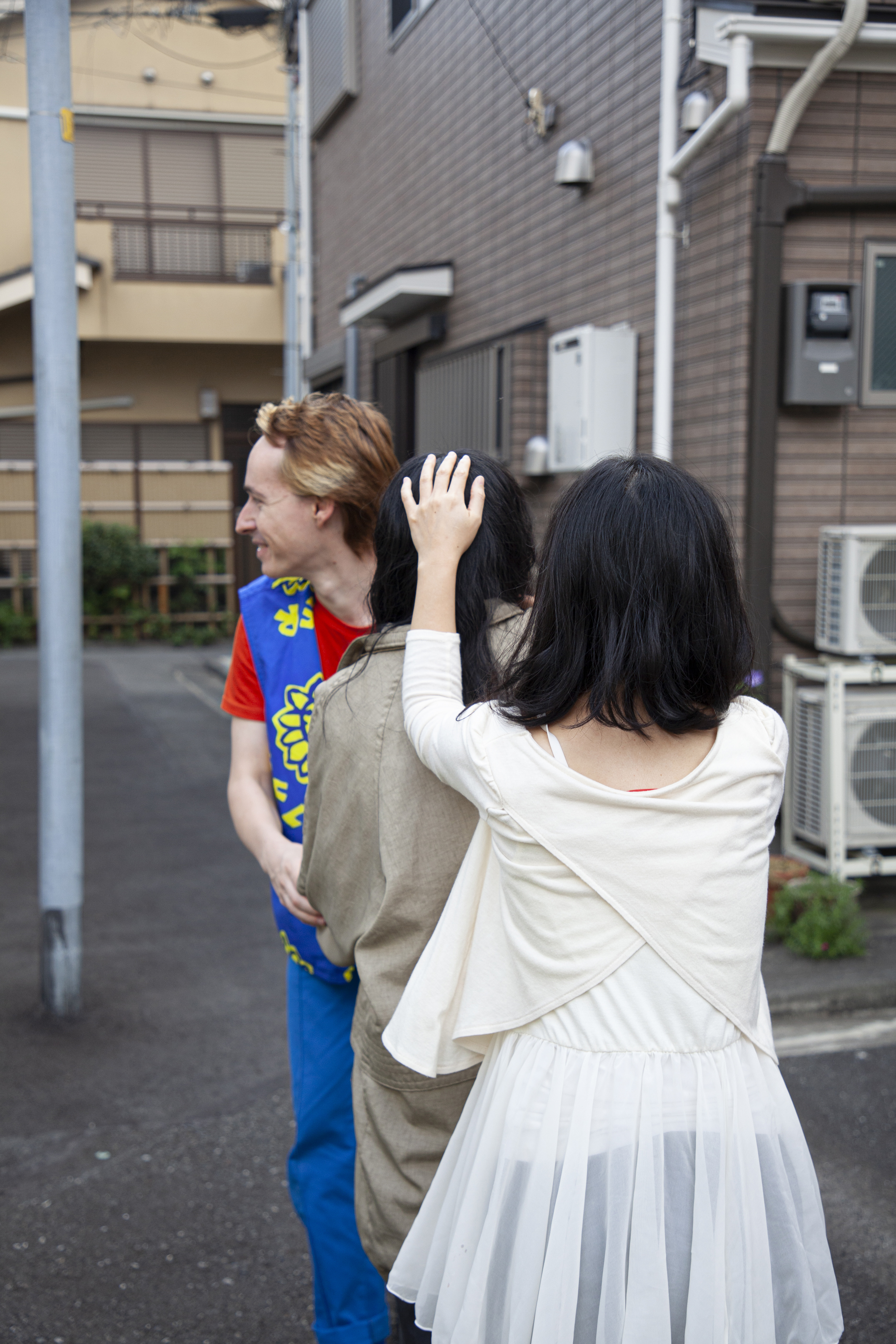




Talk with Cléo Versterpen


Drama (video) shooting

Living Yokocho, National School of Photography, Arles
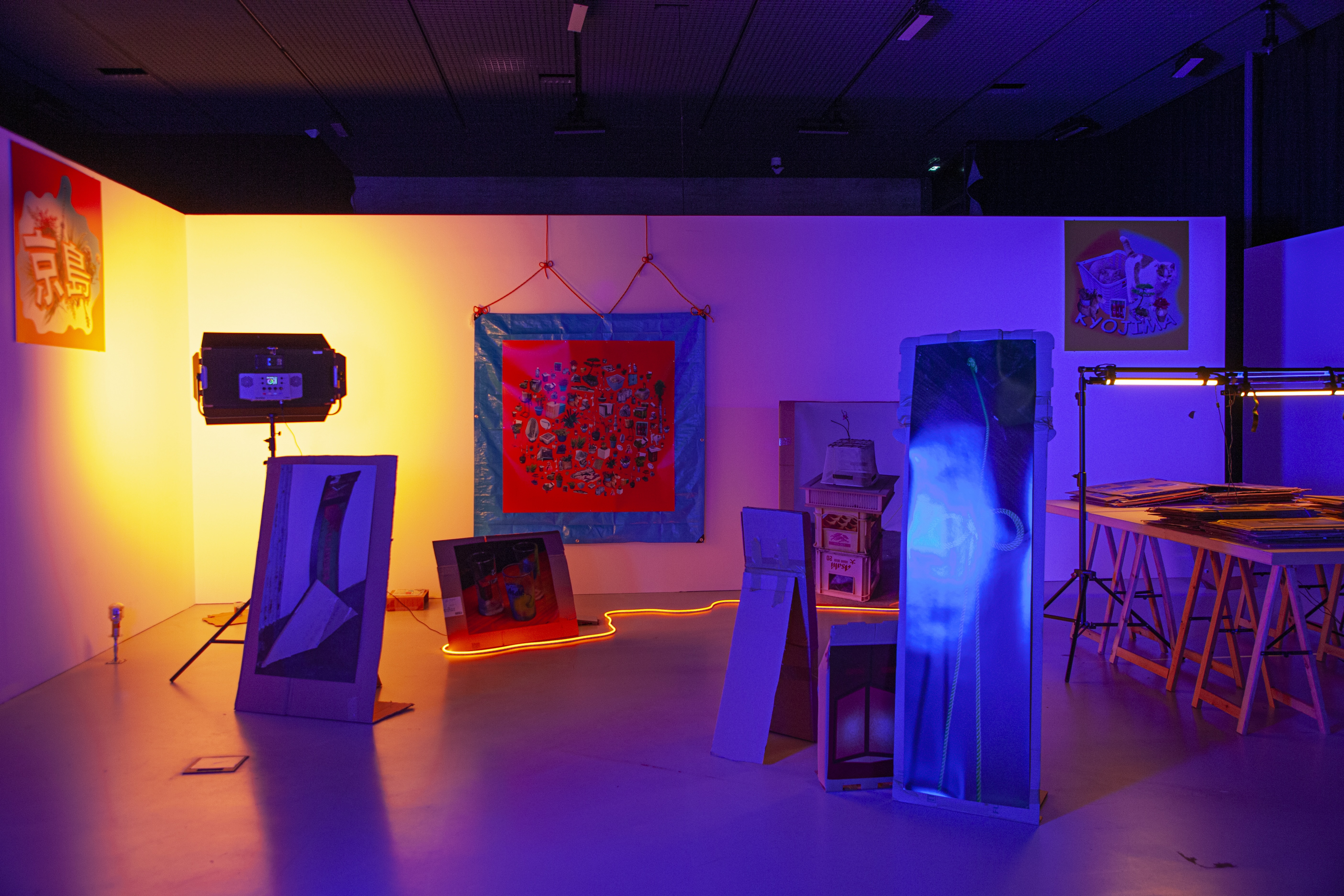
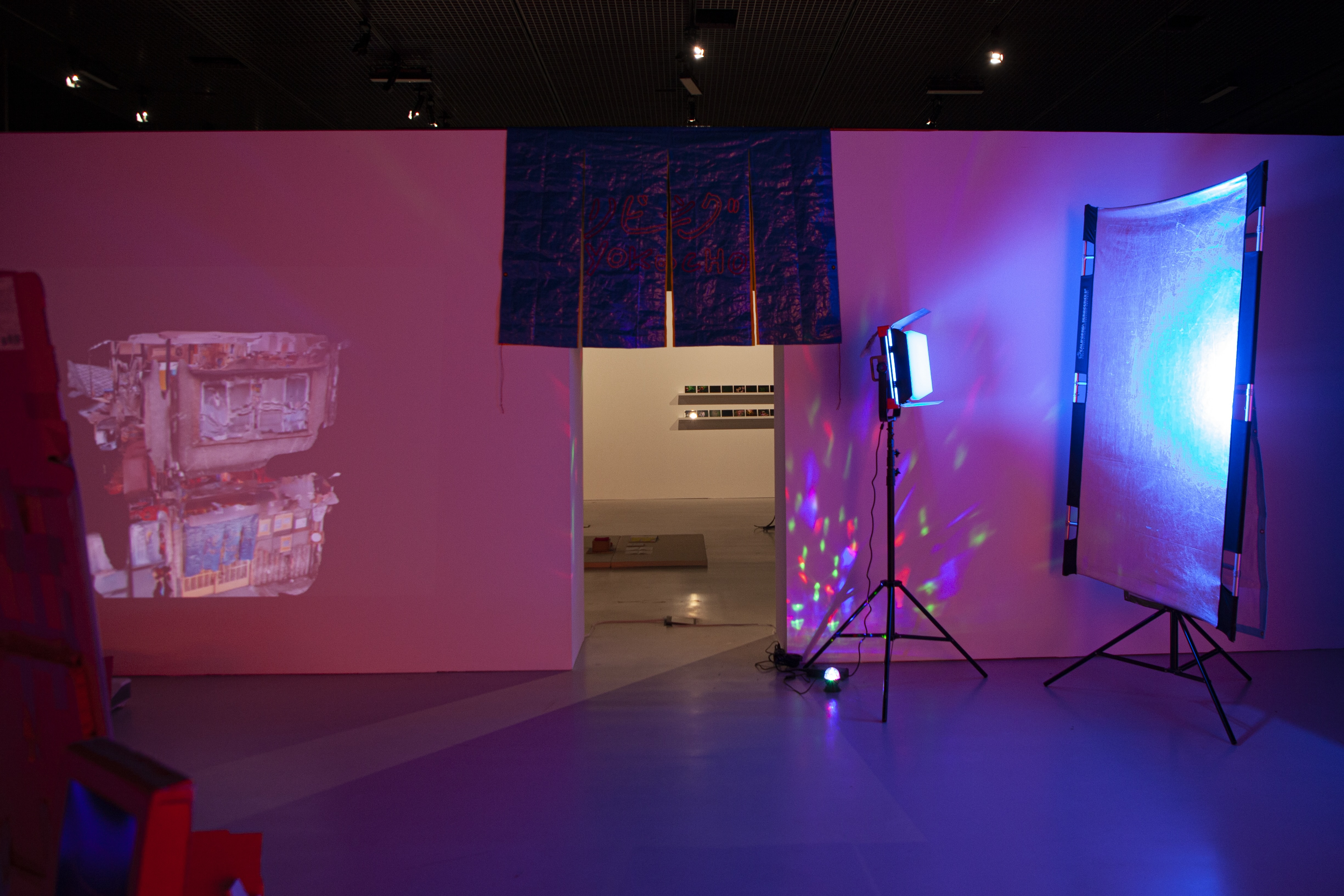
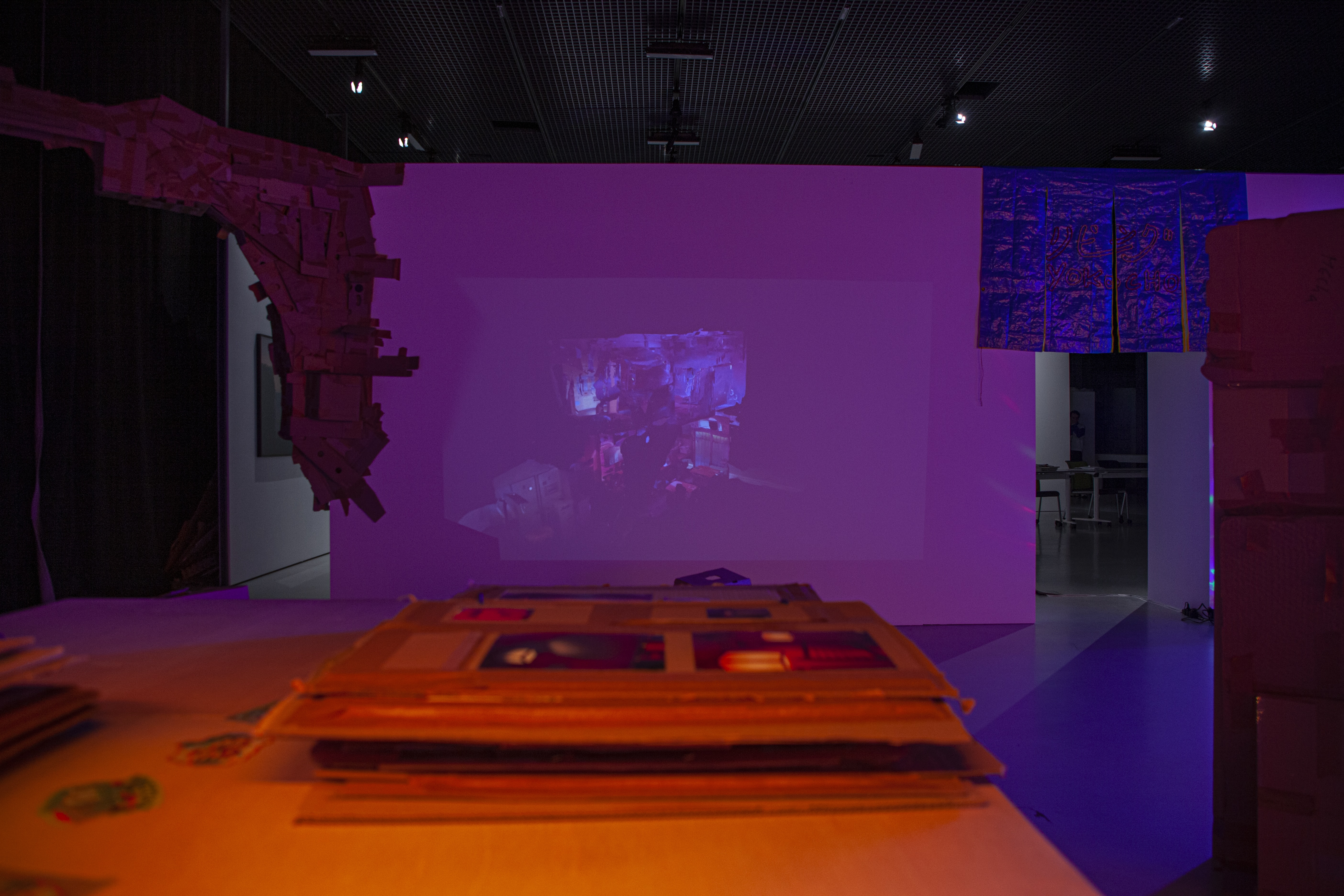
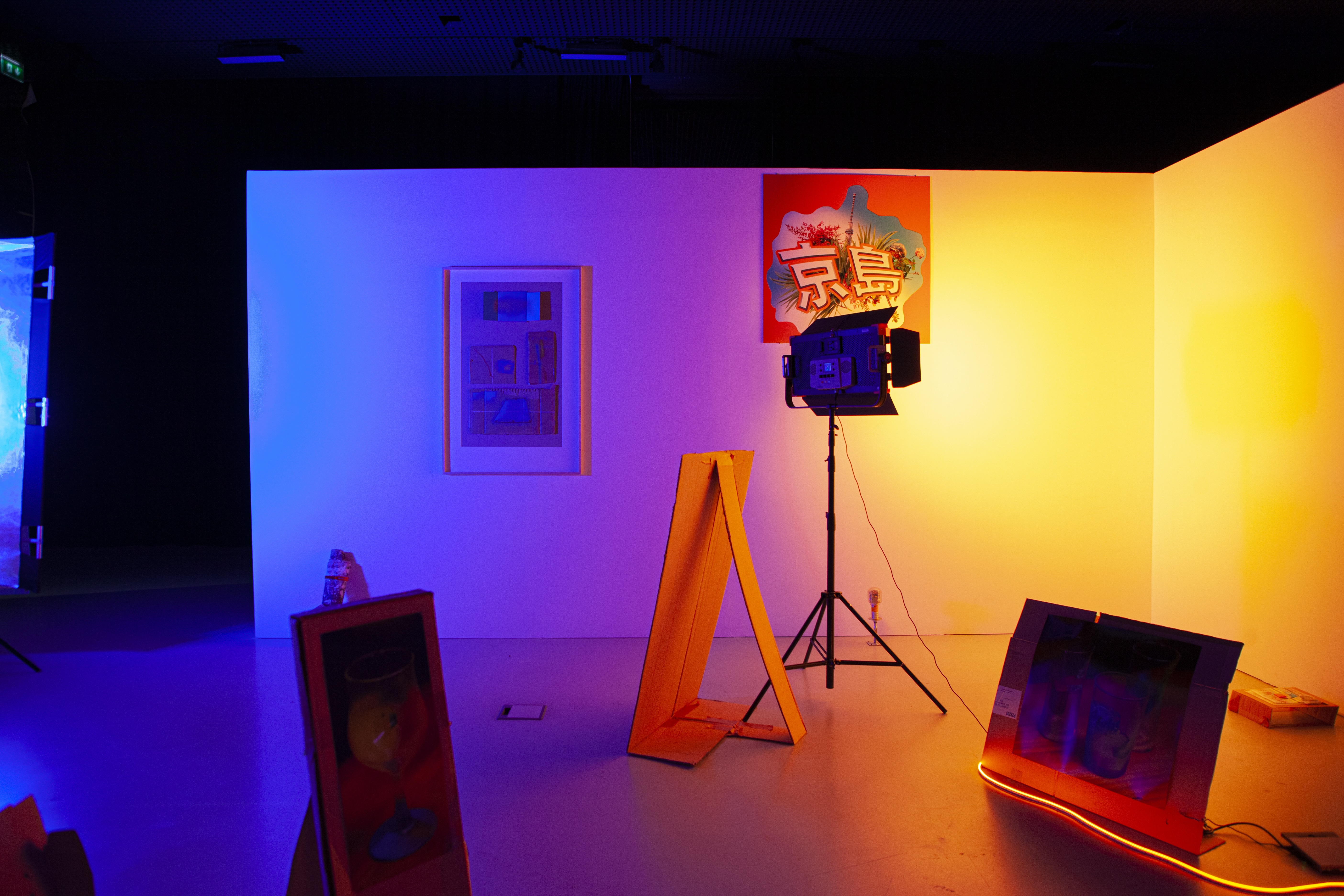
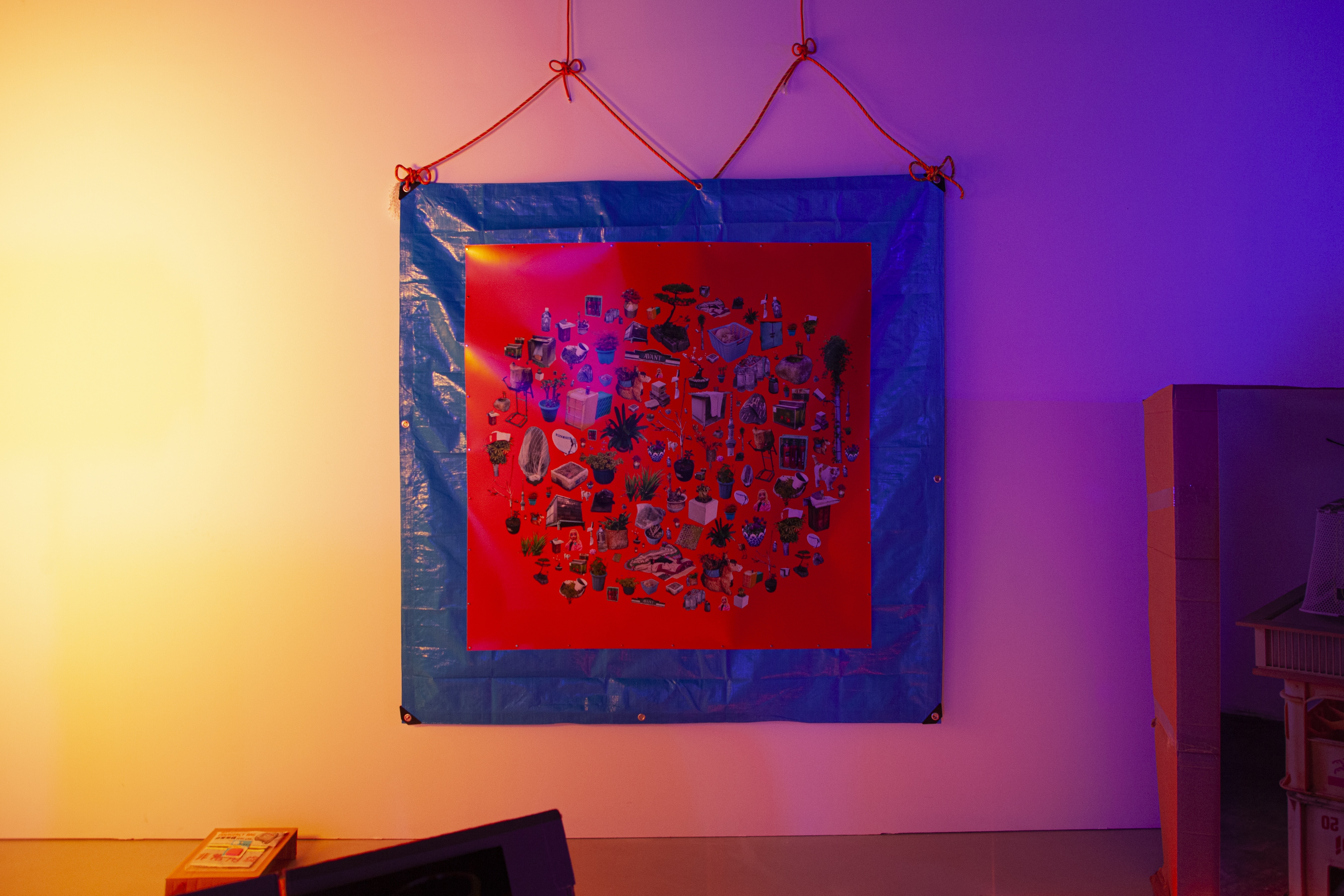
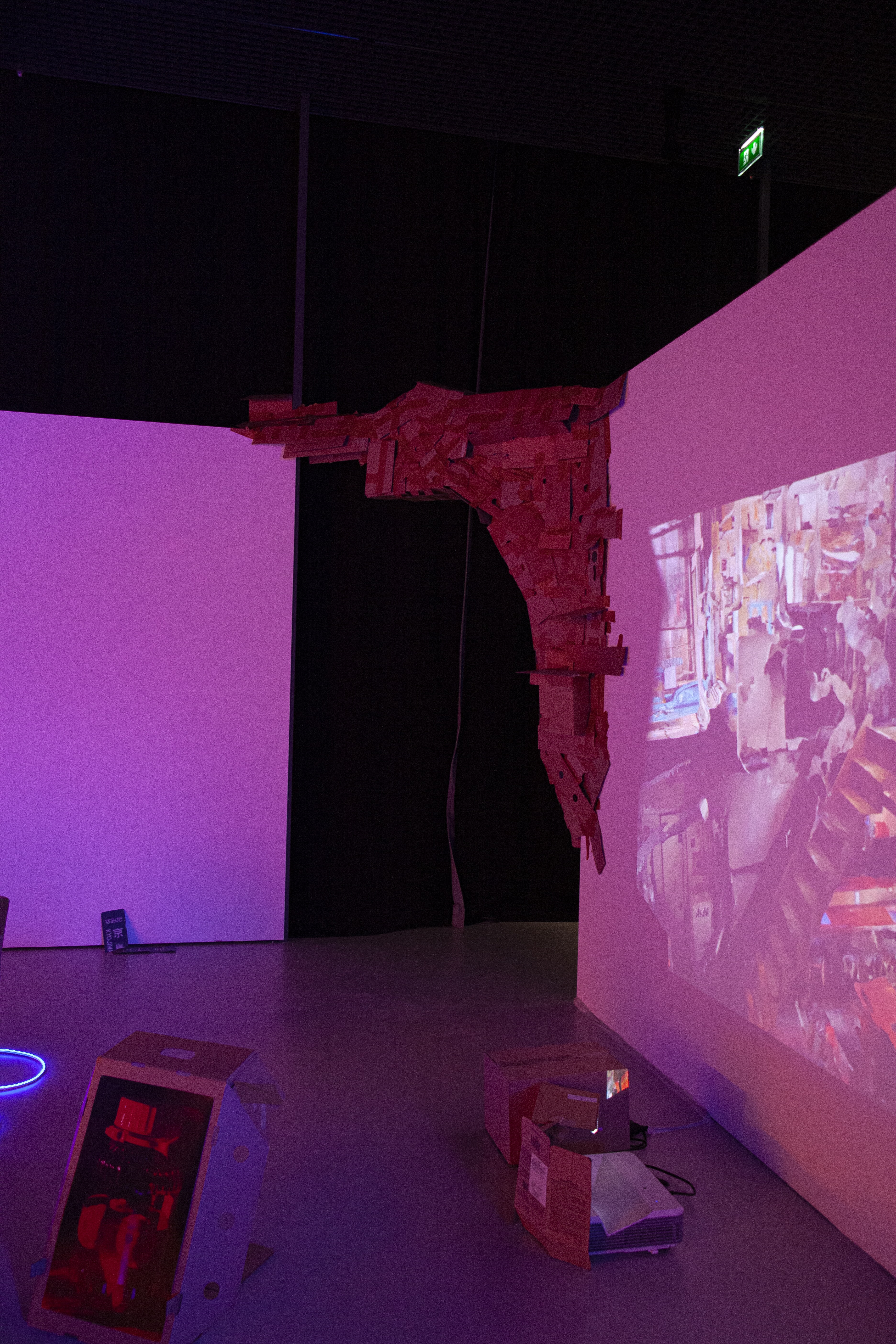
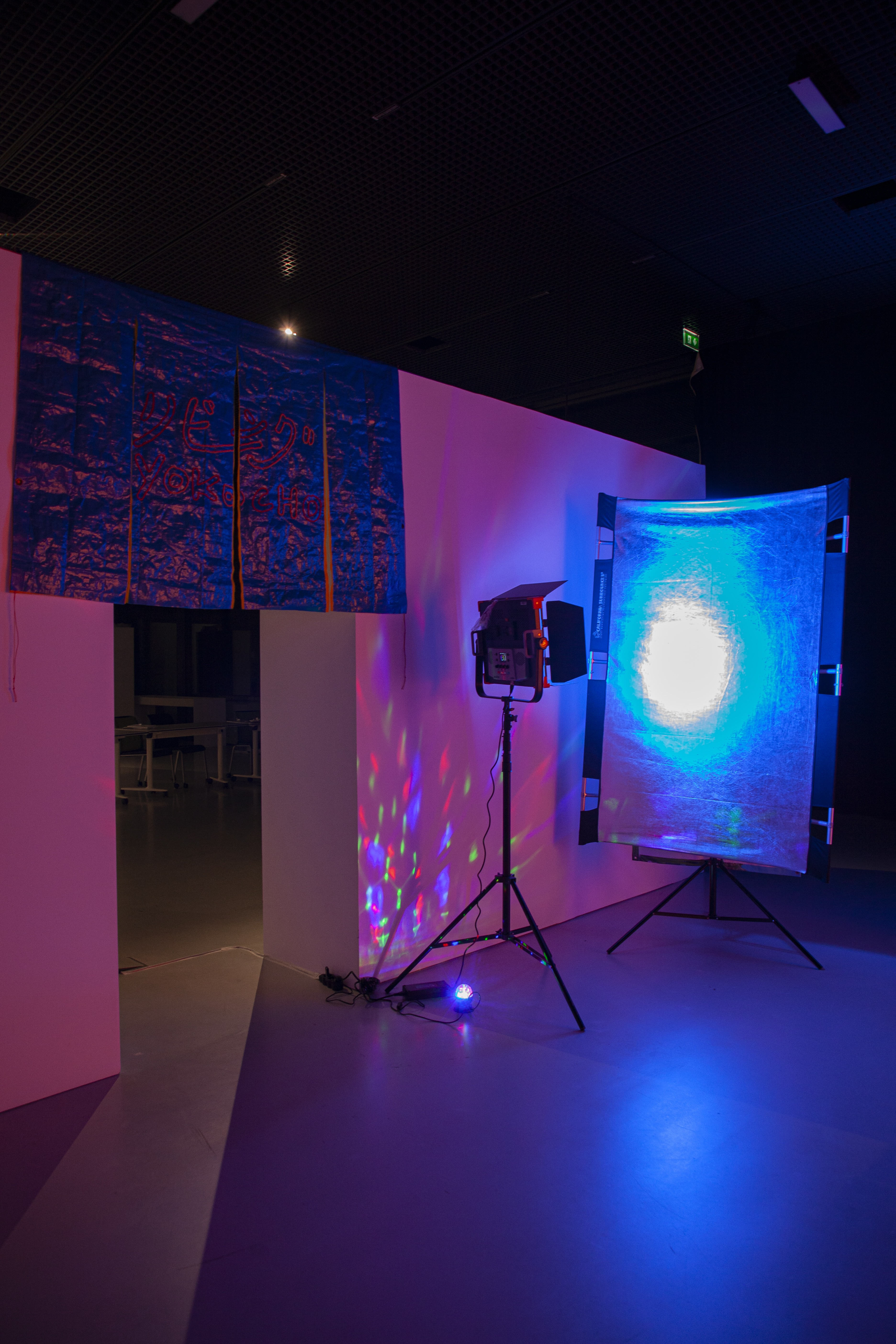
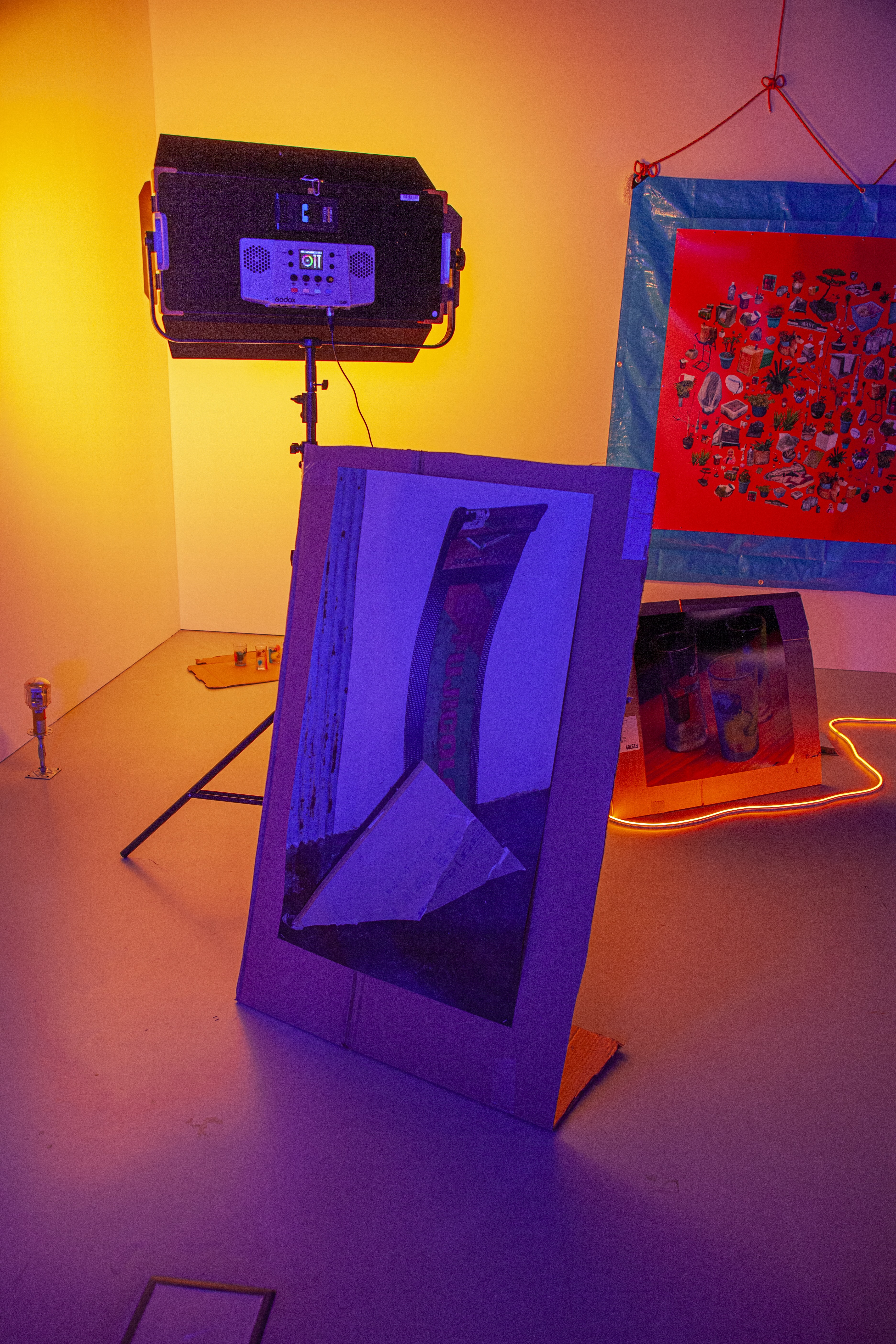
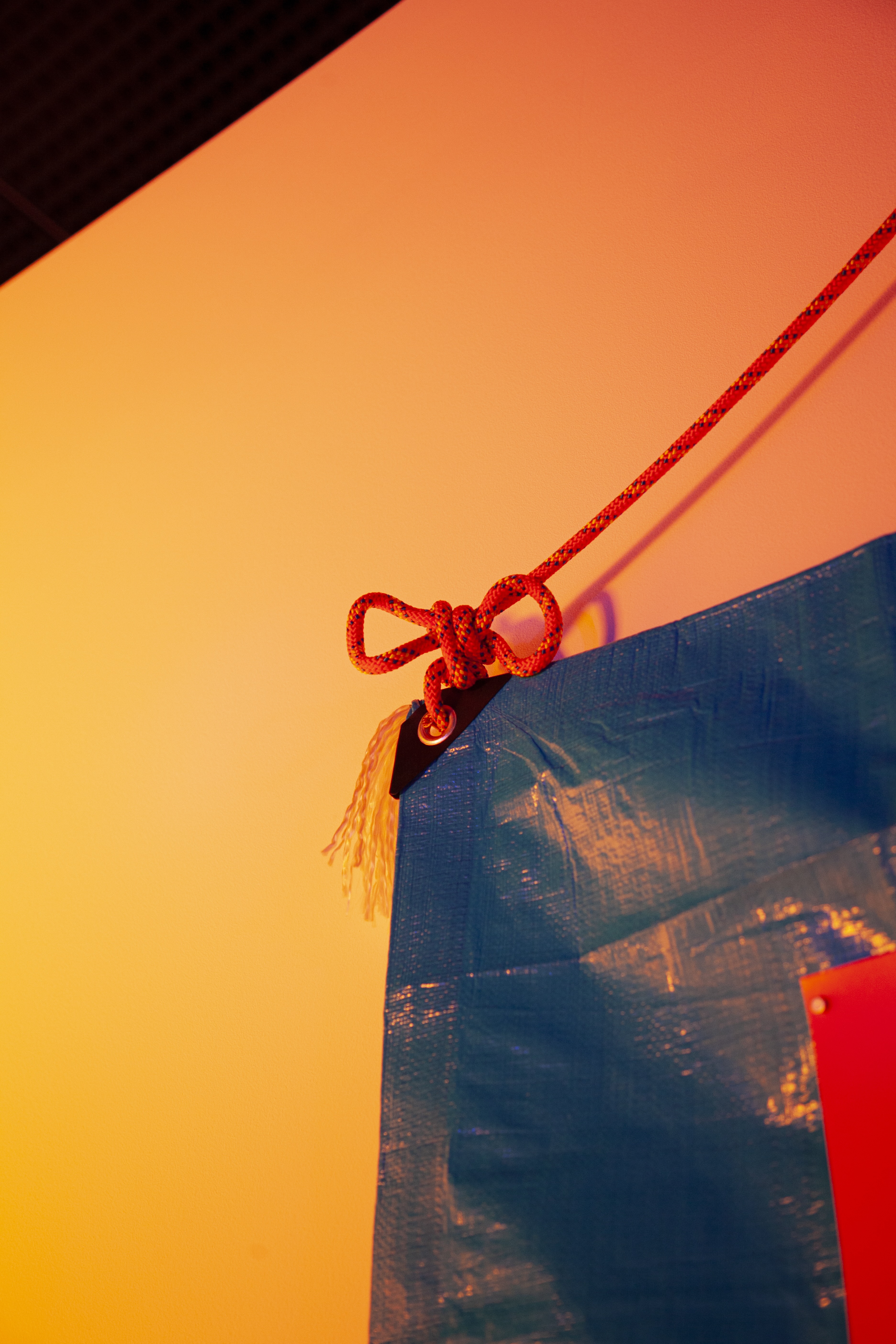
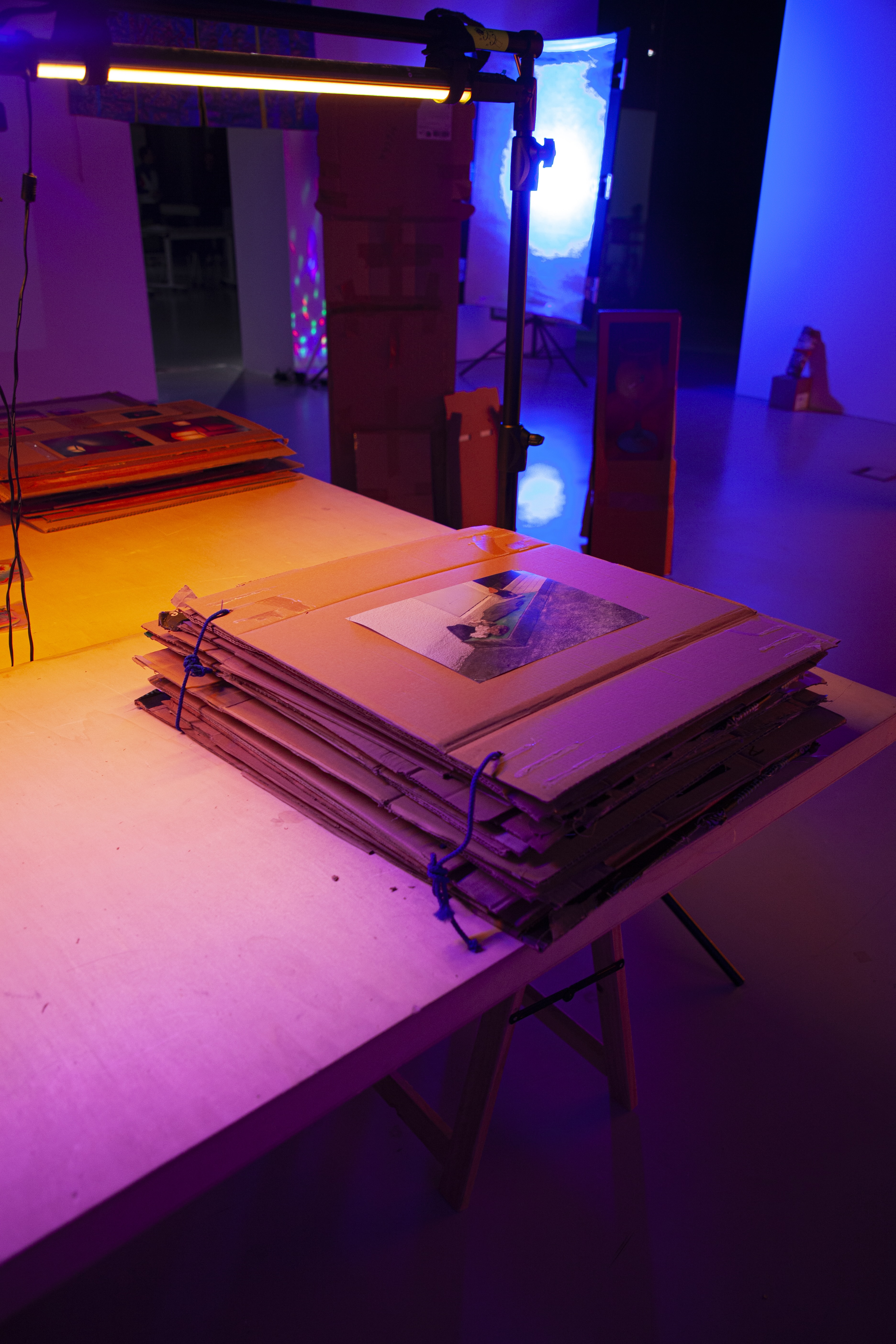
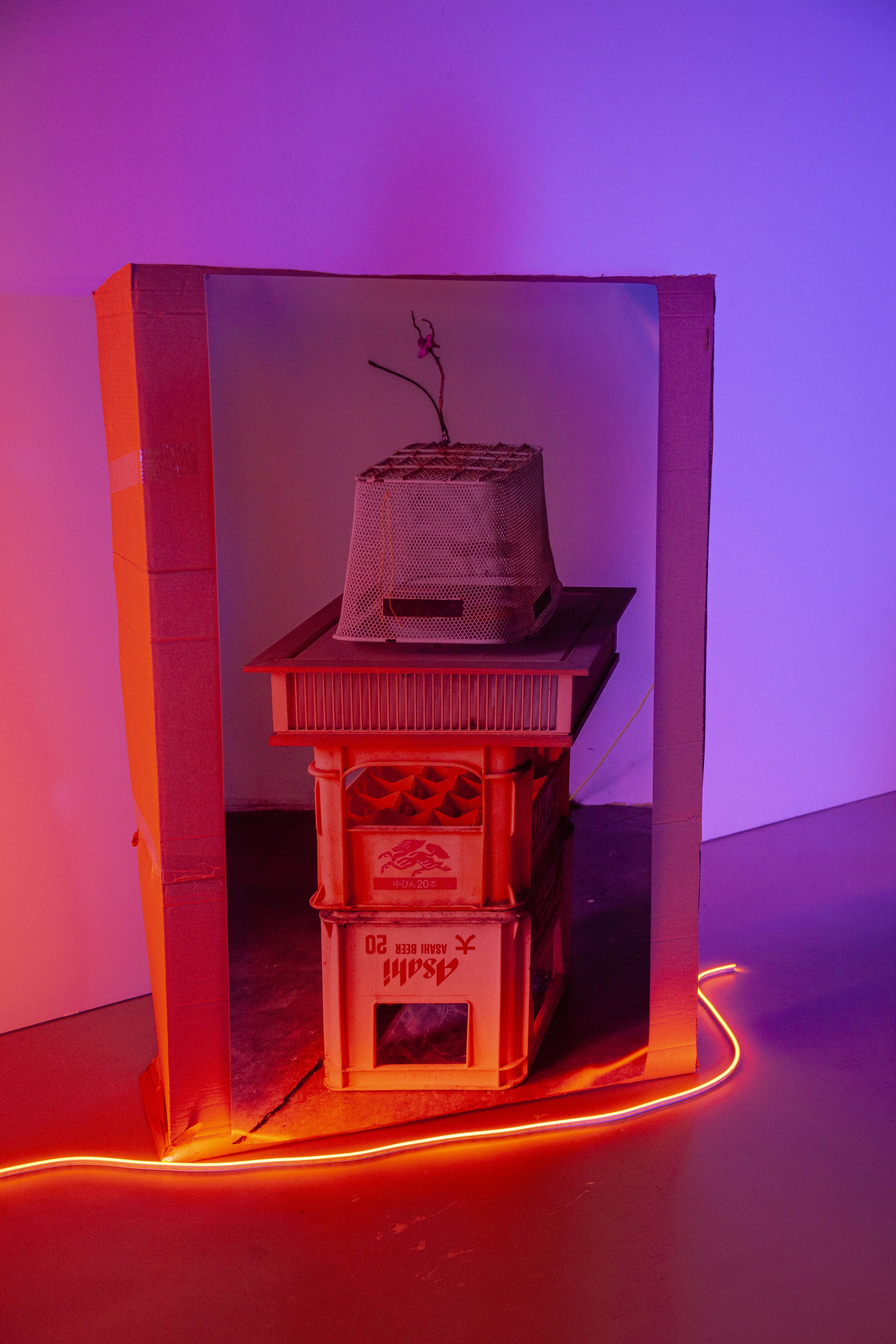
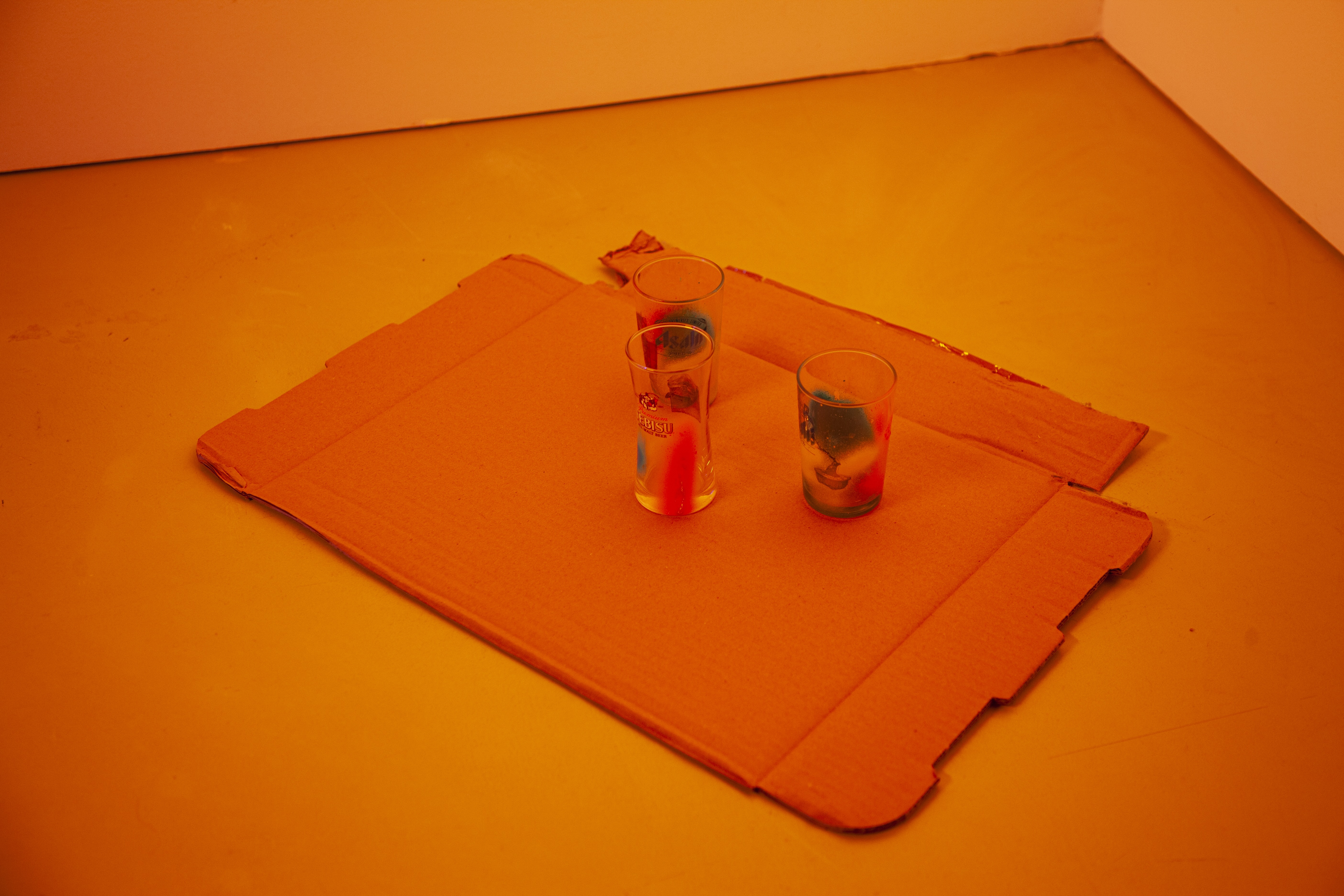
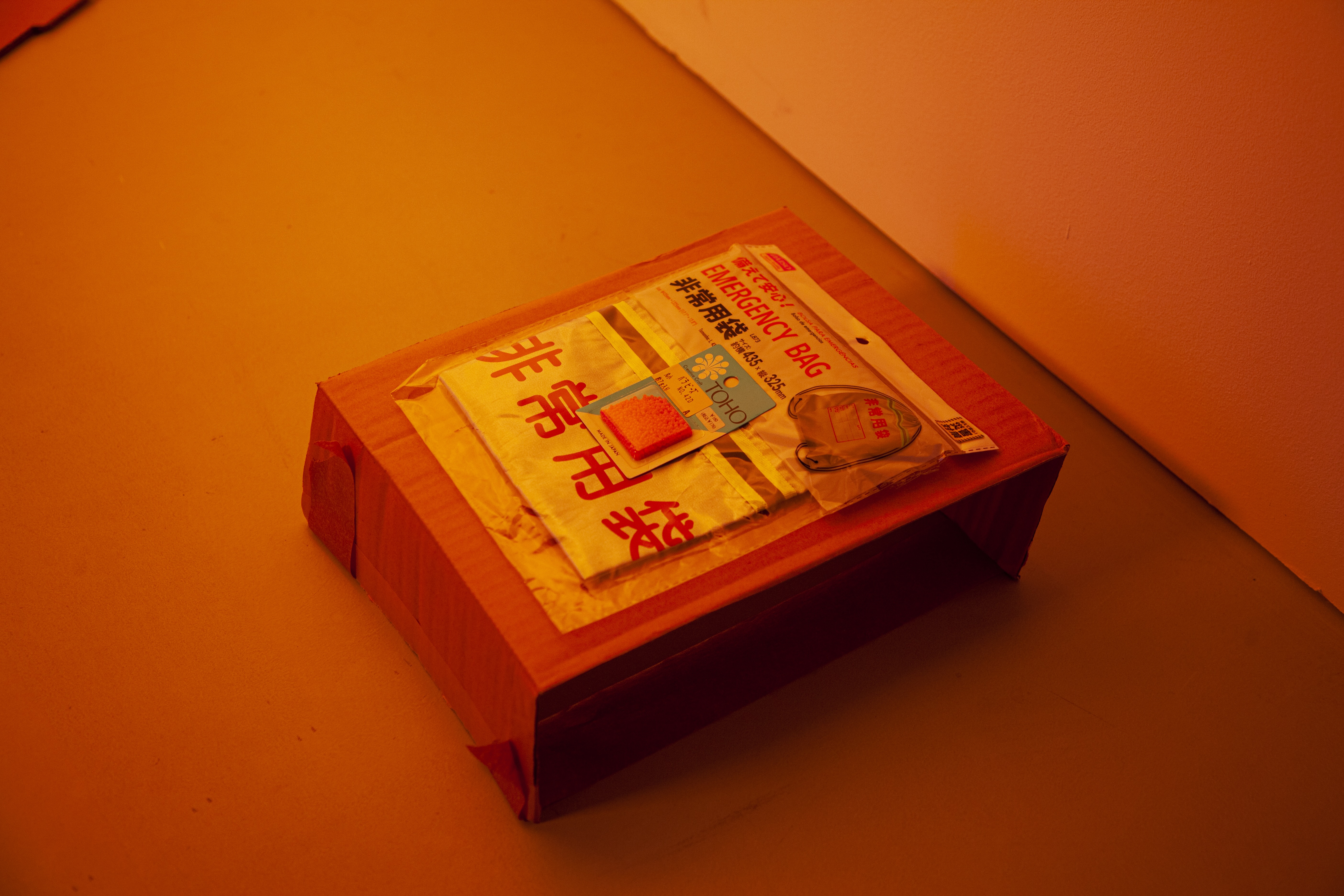
October 1-31, 2023
🏡 Sumida EXPO Festival, Tokyo
September 30 - December 20, 2024
🏡 National School of Photography, Arles
🏡 Sumida EXPO Festival, Tokyo
September 30 - December 20, 2024
🏡 National School of Photography, Arles
Living Yokochō
The duo Disconoma (Fanny Terno and Thomas Vauthier) proposes to revisit the spatial dispositif of the yokochō, situated at the threshold between exhibition space and community life.
For its 2023 edition, Sumida Mukojima Expo chose as its theme the commemoration of the devastating 1923 earthquake, which profoundly influenced Tokyo’s urban development and gave Kyojima its distinctive identity. A strong continuity can be traced between the barracks built after the earthquake and fires, the nagaya of Kyojima, and the yokochō, which can be seen as descendants of post-disaster barrack architecture (バラック建築). All these forms of architecture share common traits: recycling, do-it-yourself practices, personalization of living spaces, but also the precarity of such spatial dispositifs—always at risk of demolition and replacement by new constructions. Likewise, Kyojima resembles a yokochō with its narrow, organic alleys fostering a unique and precious sociability, a fabric of human ties.
Invited by Sumida Expo to inhabit a vacant nagaya that once housed the izakaya “Kazunoko,” Disconoma decided to turn the building inside out: the izakaya no longer exists within the yokochō, but rather contains the alley itself, which in turn holds multiple izakaya. A system of nesting, like Russian dolls, designed to create a collective and collaborative place.
In this sense, Living Yokocho aligns with the legacy of the collective project Food (1971–74), notably initiated by Gordon Matta-Clark. For Thomas, it also functions as a homage to his uncle’s practice, fifty years earlier, while drawing a parallel between the localities of SoHo and Kyojima—two neighborhoods sharing strong similarities in terms of artistic and community life.
Disconoma therefore proposed an installation evoking the typical features of a yokochō—its intimate, confined spaces, dim colored lights, mingled smells, and sounds of life—while hybridizing them with elements characteristic of Kyojima (nagaya, DIY, ongoing construction, shotengai, resilient informal vegetation). If the catastrophe of 1923 enabled the emergence of these architectural forms, Disconoma also plastically explores the catastrophe within their installation—through an aesthetic of precarity and metamorphosis.
The vacant space was thus transformed simultaneously into a living place, an exhibition space, a scenography, and a large-scale sculpture. The yokochō was animated by multiple events, breathing new life into an abandoned site, as an ode to the particular sociability of narrow-street architectures inherited from the 1923 disaster. It became an accessible, free space for both art enthusiasts and those with no special inclination toward cultural events, open to interventions by artists and non-artists alike. In this way, Disconoma lets the presence of the artwork and the artist fluctuate—respectively replaced by a free space rich with possibilities, and by a multiplicity of participants.
Living Yokocho thus developed a hybrid form, combining the artist’s studio, the izakaya/yokochō, the research lab, and the exhibition space. The site welcomed artists, cooks, and researchers for lectures, dance parties, culinary discoveries, and bar-counter conversations.
A project by Disconoma (Fanny Terno and Thomas Vauthier)
Concept and direction: Thomas Vauthier
Participants: Otoshi Meri, Cléo Verstrepen, Takeda Yuna, Alexandre Kato, Benji Kato, Sero, Mykola Khazan
